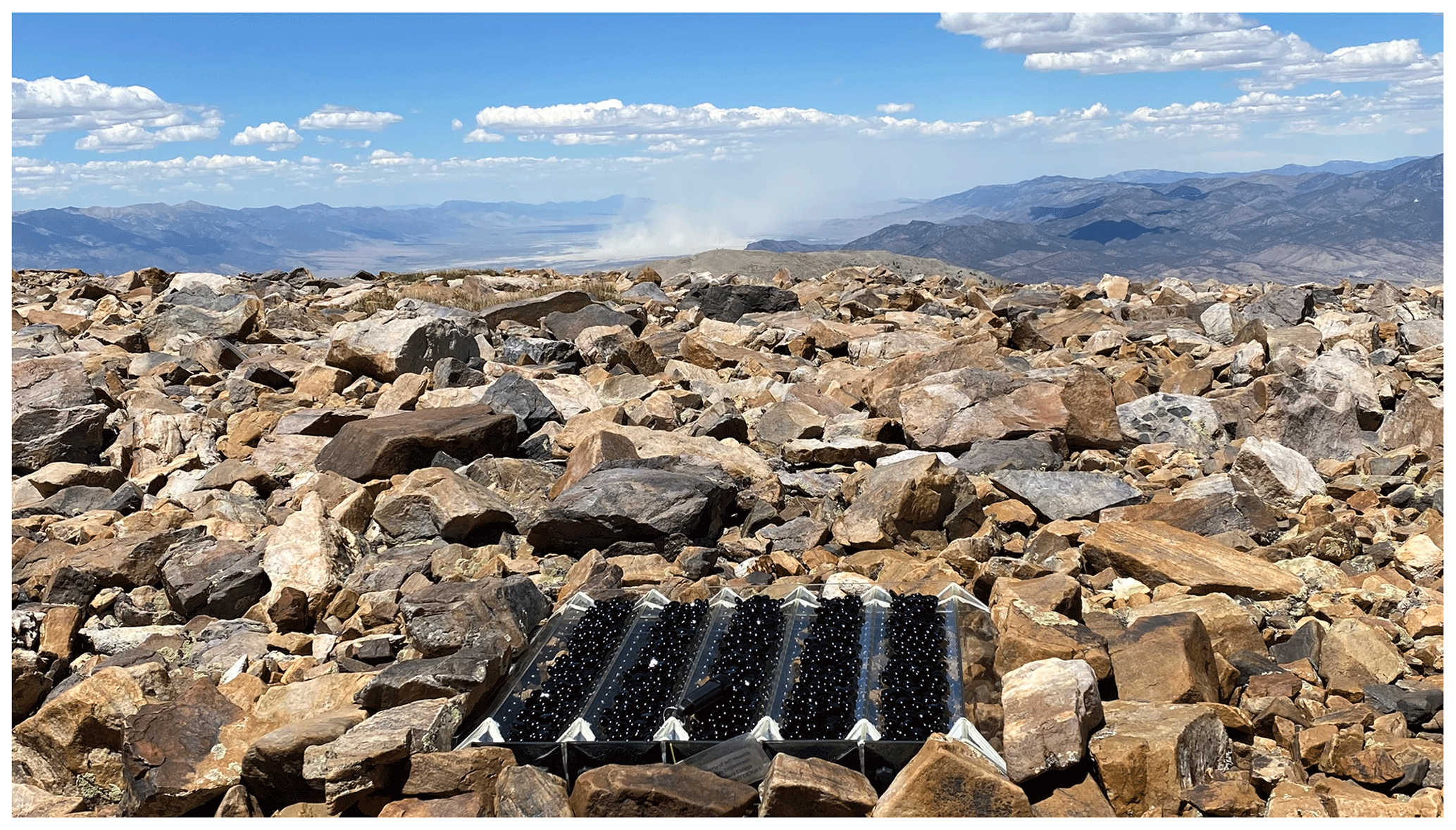"The geochemistry and isotopic fingerprint of soil samples are more similar to dust than to local bedrock," - highlighting the significant role of dust in shaping mountain soil composition.
Posted: January 7, 2026

A newly published study in Soil reports out findings from samples collected in southwestern North America and provides insights into how mineral dust deposition influences soil formation in mountainous areas.
Over a two-year period, researchers collected dust using passive samplers at six different sites, accompanied by the collection of nearby soil and rock samples. Their findings described in "Mineral dust and pedogenesis in the alpine critical zone" are notable: minerals present in the dust but absent in local bedrock were identified in the soil, and the soil's geochemistry and isotopic profile were more similar to the dust than to the local rock.
"The geochemistry and isotopic fingerprint of soil samples are more similar to dust than to local bedrock," the authors observe, indicating a significant role of dust in soil composition.
The methodology of the study was comprehensive. X-ray diffraction was used to analyze the mineralogy of the collected materials, revealing the specific minerals in both dust and soil.
For geochemical analysis, the team employed inductively coupled plasma mass spectrometry (ICP-MS), which provided detailed information on the elemental makeup of the samples.
Radiogenic isotope fingerprinting was another critical technique, offering insights into the origins and history of the soil and dust materials.
Additionally, the grain size distribution of both dust and soil was measured using laser scattering, a key factor in understanding the integration of dust into soil.
End-member mixing models were instrumental in analyzing the soil composition. These models treat soil as a combination of various sources, in this case, dust and local rock, allowing researchers to quantify the proportion of each in the soil.
The models indicated that in fine soil fractions, dust was a predominant component, with some areas showing dust content near 100%. "Dust content is somewhat higher in soils compared to bedrock types more resistant to weathering," according to the authors, underscoring the nuanced relationship between dust deposition and soil development in mountainous regions.
This work continues as the Dust^2 Cluster moves into the second half of year 4 of our 5 year source-to-sink exploration of dust transportation.
Read Mineral dust and pedogenesis in the alpine critical zone
Authors: Jeffrey S. Munroe, Abigail A. Santis, Elsa J. Soderstrom, Michael J. Tappa, and Ann M. Bauer

 Dust^2
Dust^2